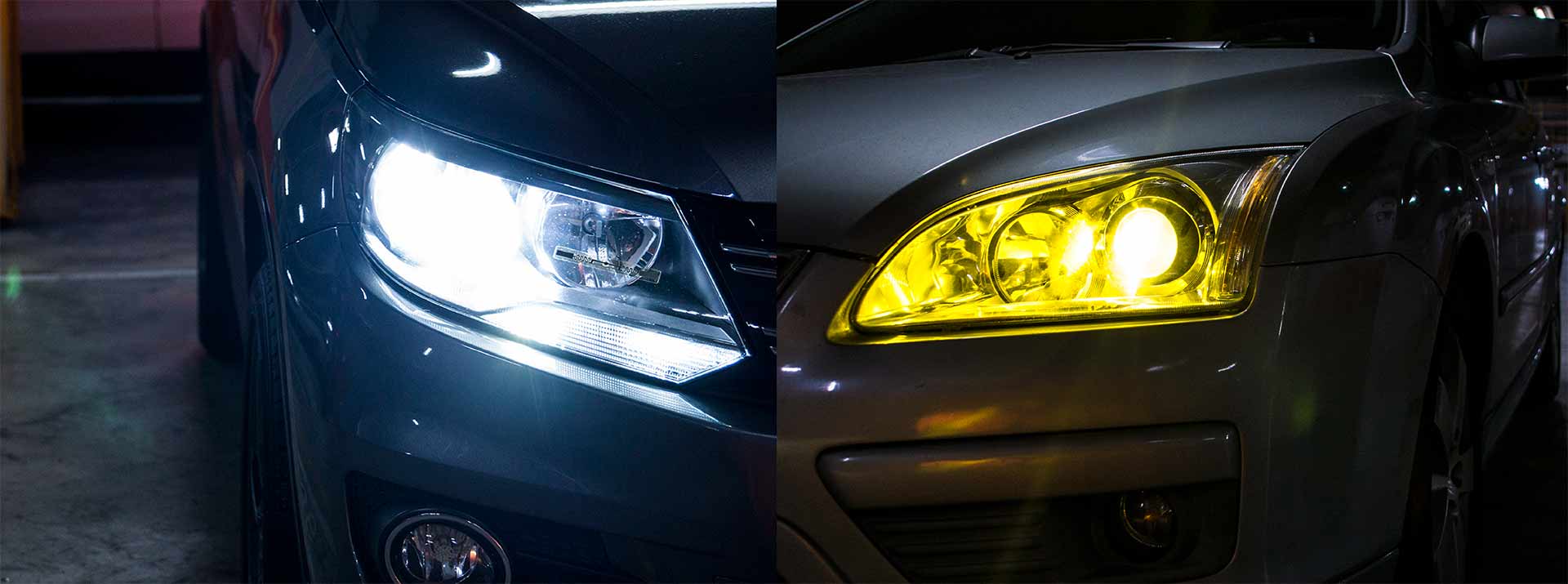Depending on where you reside, temperature is typically measured in Celsius or Fahrenheit. However, there's also the concept of light temperature, which is measured in Kelvins (K). For the more curious minds, in scientific and engineering contexts, Celsius and Kelvin are often discussed together. For more depth on this topic, a quick online search might be helpful, as delving into it here could complicate the article unnecessarily.
What is meant by light temperature?
Light or color temperature describes the hue of emitted light. A higher Kelvin value results in whiter light, often accompanied by a faint blue tint. Conversely, a lower Kelvin value produces a "warmer," more yellow-toned light.
Thus, a light with a Kelvin rating of 5000°K isn’t inherently brighter than one rated at 3000°K; the key distinction lies in the color of the light they emit.
Many experts agree that a higher Kelvin rating, when reasonable, is preferable. Kelvin values between 5500° and 6500° mimic daylight, which researchers suggest is ideal for nighttime driving as it helps reduce eye strain and fatigue.
Anything beyond 6500°K is generally considered unfavorable for vehicle lighting, as it emits an excessive blue tint that approaches the edge of the visible spectrum, ultimately leading to reduced visibility. This is the opposite effect of what is desired for optimal vehicle illumination.
Drivers of older vehicles with original equipment manufacturer (OEM) headlamps that have lower Kelvin ratings will be pleased to know there is a diverse range of aftermarket halogen and incandescent bulbs available that offer higher Kelvin ratings.
When shopping for globes or auxiliary lighting, remember to consider the Kelvin rating—it’s a choice your eyes will appreciate.
